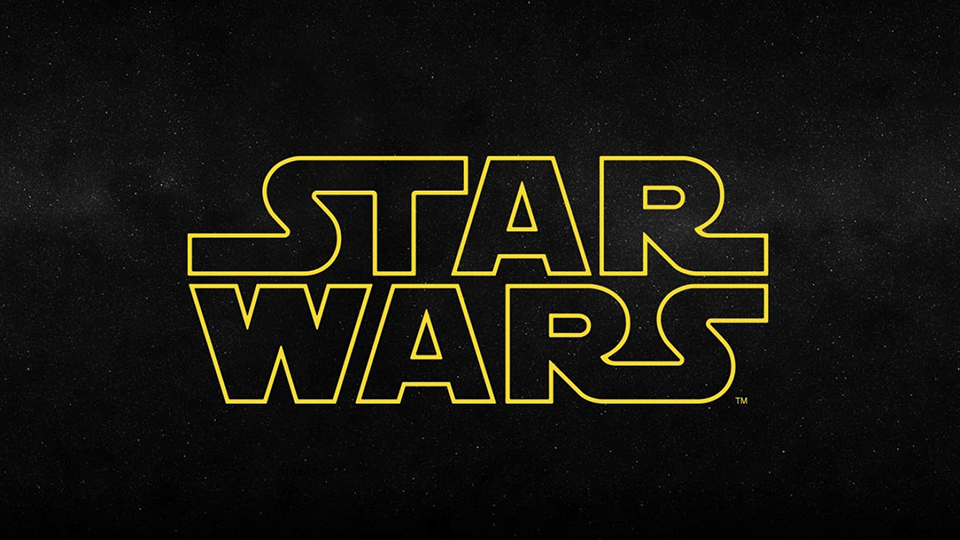Hollywood ran out of ideas a long time ago. The minds behind corporate movie-making have clarified that they will continue running the money-making potential of sequels, reboots and shameless abuse of source material into the ground. This mentality fueled Disney’s newest cinematic universe.
This biggest detriment
For many disenchanted fans of the Star Wars franchise, Disney buying Lucasfilm seemed like a dream come true simply because George Lucas could do it no further damage. Disney certainly proved themselves capable of making a competent Star Wars film with “The Force Awakens,” effectively soft-rebooting the series after the horror of episodes one through three and raising hopes that the waterhouse mentality that started it all would take center stage in sequels. “Rogue One: A Star Wars Story” ultimately lessened my hopes for a bright future.
This biggest detriment to the film boils down to the entire plot, or lack thereof. The phrase “spoiler alert” almost does not apply to this movie, because anyone with any knowledge of the saga knows how it ends. This film’s plot boils down to, “Some people must get the Death Star plans.” “A New Hope” exists, which shatters any chance of suspense.
Even after sidestepping the obvious marketing of this movie as a standalone film and explaining the vapid plot as a part of a bigger story or an elaborate plot hole fix — which no one spoke up about when the likes of Wall Street Journal openly hyped it as a standalone film — “Rogue One” remains in dicy territory as a well-conceived cash grab. Underneath the awesome space battles and special effects lies a self-fulfilling story with little reason to continue watching outside of pre-established Star Wars talking points. This puts a lot of pressure on the actors to elevate a story above its pitfalls. Unfortunately, “Rogue One” also suffers a dire lack of interesting characters.
The original Star Wars trilogy could not rely on computers the way modern film can. The relatable, multifaceted, and supremely memorable characters etched those films into the annals of film history, something infamously absent in the prequel trilogy. “The Force Awakens” actually elevated its unoriginal plot with characters who actually act like real people.
illusion of grandiosity
“Rogue One” features lifeless characters moving the plot along with dialogue before jumping into glamorous action sequences. Even if one looks at “Rogue One” as a war movie, no one can fully emotionally invest one in unmemorable characters’ places in a larger conflict. By the time “The Last Jedi” hits theaters, no one will remember Felicity Jones’ unnecessarily dour performance as Jyn Erso, the clichéd action hero archetype of Diego Luna’s Cassian Andor or the token comedic character K-2SO. In the end, a film’s impact lies in how much viewers can root for the characters as they succeed or commiserate with them as they suffer.
The most aggravating shortcoming becomes its illusion of grandiosity. Dark overtones become poor attempts at validating the storyline, just like the exhilarating and fast-paced action ultimately amounts to a distraction from a lack of character development. Ultimately, no amount of frivolous fan service could save this film from its crippling lack of substance. As a product, “Rogue One” succeeds. As a movie, it took a chance and lost. Disney must start treating its new property as a movie franchise, instead of a toy-making factory, for the sake of what remains of its artistic integrity.







